Ranthambore National Park is one of the biggest and most renowned national parks in Northern India. The park is located in the Sawai Madhopur district of southeastern Rajasthan, which is about 130 km from Jaipur.
Once considered as one of the famous and former hunting grounds of the Maharajas of Jaipur, today the Ranthambore National Park terrain is a major wildlife tourist attraction that has drawn the attention of many wildlife photographers and lovers.
Overview
Ranthambore National Park is located about 13.5 kilometers from the city of Sawai Madhopur in Rajasthan. Located at the junction of the Aravali and Vindhya hill ranges, this is one of the finest places to view wild animals, especially as they are used to being stared at here. The park covers an area of approximately 400 sq km, and if combined with the area of Sawai Man Singh Sanctuary area, is around 500 sq km.
Ranthambore National Park is dotted with structures that remind you of bygone eras. There are numerous water bodies scattered all across the park, which provide perfect relief to the wild animals during the scorching hot days in summers. A huge fort, after which the park is named, towers over the park atop a hill. There are many ruins of bygone eras scattered all over the jungle, which give it a unique, wonderful and mixed flavour of nature, history and wildlife. Tigers at Ranthambore National park have been known to even hunt in full view of human visitors.
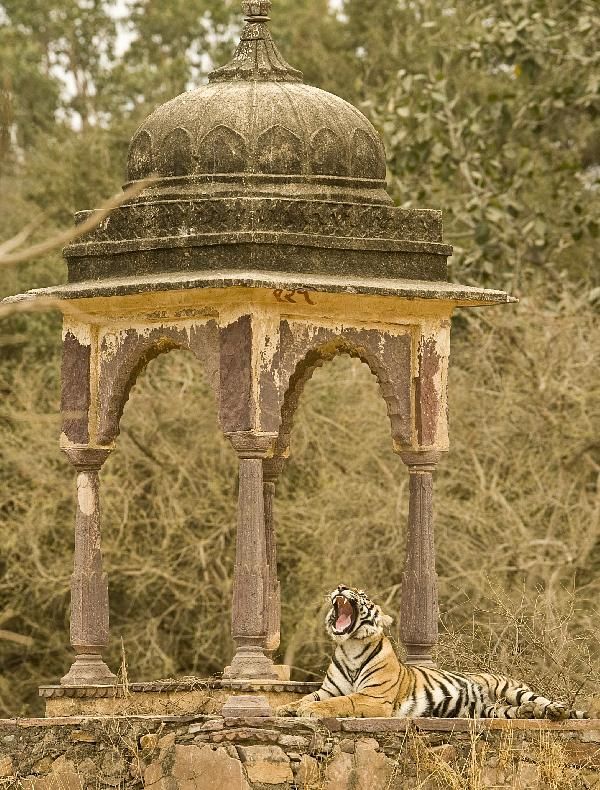
Information About Ranthambore National Park :
The Ranthambore National Park, located in Sawai Madhopur – one of the historical districts of Rajasthan, holds a prominent place in the wildlife tourism in the world. Nestled lazily in the foothills of the magnificent hilly terrain of Aravali and Vindhya ranges, the park is the fantastic gateway to an adventure filled holiday amidst the raw nature along with an unforgettable sighting of exotic wild animals. Witnessing such a rich and exceptional wildlife and spending time in the tranquil ambiance of a forest is like a tryst with the might of Nature. Rendezvous with the most brutal and beautiful predator our Nature has ever produced, the Royal Bengal Tiger, is a once in a lifetime of experience.
The Ranthambore National Park wraps around 392 sq km in which 282 sq km is a core area and the rest is buffer area. The tiger reserve zone of the Ranthambore forest which was constituted in 1973, initially spread in around 334 sq km area which further extended in 1991 to the adjacent sanctuaries of Sawai Man Singh Sanctuary and Keladevi Sanctuary, currently having 1334 sq km area as a tiger reserve. In the year 1955, this renowned forest was constituted as the Sawai Madhopur Game Sanctuary with the status of a wildlife sanctuary and included in the project tiger, a Govt of India initiative to save endangered Tiger species, in 1973. The Ranthambore tiger reserve forest is given the National Park status in 1980 and the adjacent forests were named as the Sawai Man Singh Sanctuary and Keladevi Sanctuary in 1984.Sprinkled with a few of the ultimate ancient structures, the Ranthambore National Park is the visual amalgamation of the prehistoric era and the modern era amidst the beauty of the exotic landscape. The numerous lakes, water
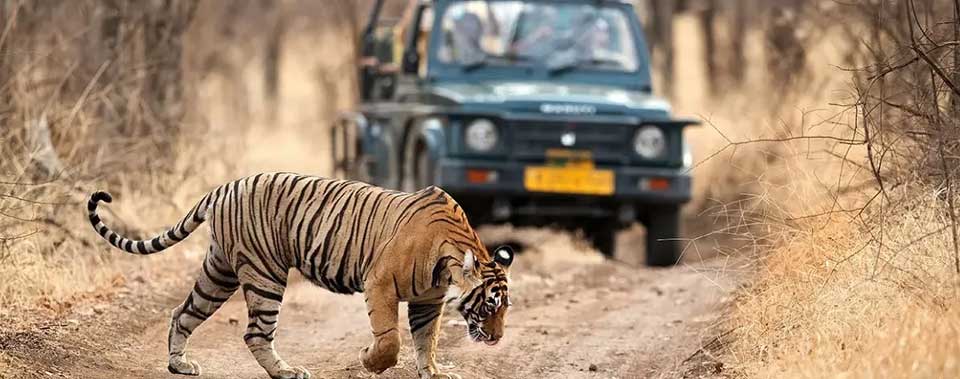
channels and water holes that are scattered in the park not only offer tourists an amazing sight but also nourish the flora and fauna of the region. The mighty Ranthambore fort from which the forest drew its name is located on the hill and leans over the Ranthambore Park overlooking the entire forest. Several ancient ruins which are spread around the forest present a spectacular, surprising and stupendous taste of history, wildlife and nature.
The Ranthambore National Park is highly popular among wildlife tourists due to the forest safari offered by the park administration to explore the rich flora and fauna while being a part of it. The majestic Tigers can be seen in the daytime as they don’t get scared by the presence of Jeeps and humans in their natural habitat. So, the experience of witnessing fearless tigers is indeed imaginary for tourists as this is how a real wild tiger actually behaves.
The Ranthambore National Park is undoubtedly a dreamland for any wildlife photographer and enthusiast. The Ranthambore National Park remains open all round the year except July to September as the park remains closed for three months due to the monsoon season. This park is a wonderful destination for wildlife lovers as it provides them an amazing opportunity to explore the best sights of jungle inhabitants. To make the tour to Ranthambore a pleasant experience, there is a range of accommodations from 5-star hotels and resorts to economical hotels are available nearby the park offering an aesthetic stay.
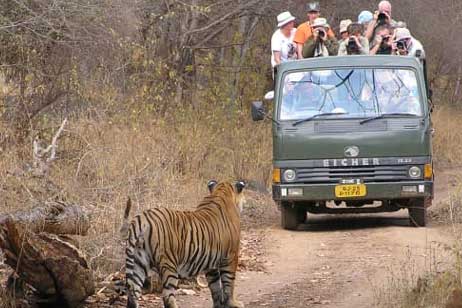
Chances of Tiger Sighting at Ranthambore:
Ranthambore National Park spans on the plateau that gets very little rainfall around the year and due to which, the forest has not so dense greenery except near the water bodies. Also, the Ranthambore forest is a dry deciduous type of forest with the undersized trees which shed their leaves in the summer season. Such ecological arena makes this tiger reserve zone best for the safari tour as it is easier to spot a tiger here. Furthermore, the Ranthambore Tiger Reserve has the 10 tourism zones with the large networks of forest tracks, used for the safari tour, are motorable for most of the year. The good network of safari tracks provides a good opportunity of tracking of a tiger or other wild animals from the Jeep or Canter. All these aspects of this forest offer you some excellent wildlife viewing experience which you will not find in any other wildlife reserve forest of the country.
The visibility is quite good in the forest due to the presence of small shrubby trees and thin patches of tall grasses, and one can spot a tiger even from the long distance by using the binoculars. Besides these, the tigers in the Ranthambore forest are diurnal, which means they used to roam or hunt in the daytime irrespective of the tigers in other places which are nocturnal, which means they hunt or roam in the night and rest in the day. Due to this, many incidents are reported by the safari tourist where they saw the complete hunting process of a tiger. The best thing about the Ranthambore tigers is that they are not shy of safari Jeeps and tourists. They fearlessly pass through or stay seated in rest just beside the safari Jeep providing you ample time to view this majestic predator to your heart’s content.
Also, the safari tracks in the Ranthambore tiger zones are preferably used by the tigers and they usually found walking or resting on the tracks. The tracks are covered with the soft sands and soils, almost devoid of thorns, rocks or dried leaves, so they are very comfortable to walk on as well as tigers can walk on tracks without making any sound while chasing their prey. That’s why tigers prefer the safari tracks and due to this tourist are bestowed with some amazing tiger sighting and even got the chance to be the part of the rare view of a tiger chasing and hunting its prey. However, the tiger sighting is the matter of luck, but most of the tourists get lucky in the Ranthambore tiger reserve forest.
The guides or naturists and the safari drivers are mostly local people who knew this forest since their childhood and have good knowledge of the tiger movement. By observing various signs of tiger movement, they can make a guess about the location of presence of the tiger in the forest at that time. In short, they are well versed in trailing the tiger and able to find the tiger’s sight by their observation ability. They try their best to show you the glimpse of the royal Bengal tiger living in that area.
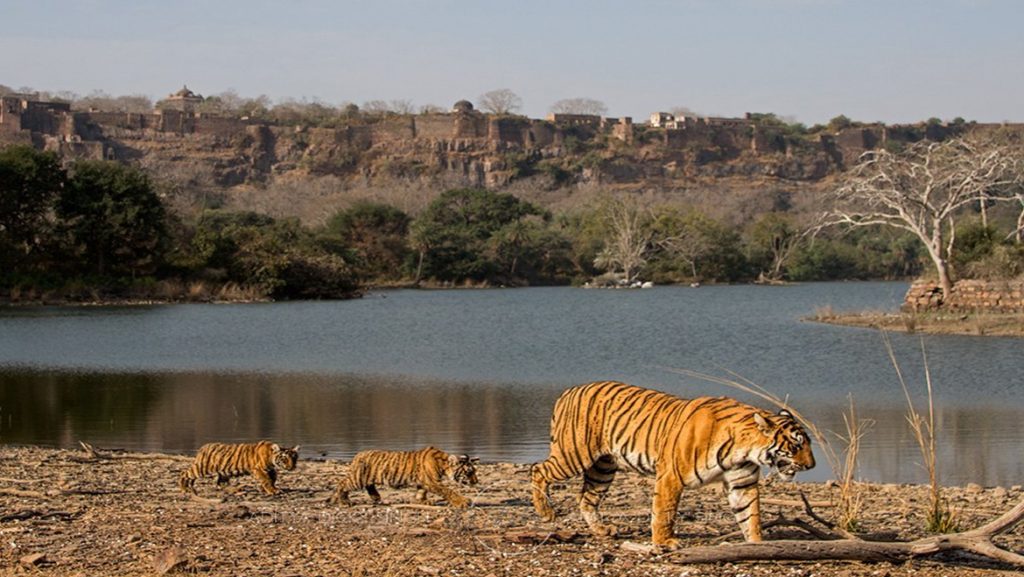
The Climate of Ranthambore and The Best Time to Visit :
Like every other place, the Ranthambore also has to face the three main seasons – Summer, Winter and Monsoon. Summer season spreads from the last of March to the last of June. During these months, the day temperature reaches at 40 degree Celsius and the night temperature remains around 30 degree Celsius. In the month of May and June, the temperature even crosses 45 degree Celsius making the day very hot. The wind gets very dry and the sun piercingly hot. During this season, the tigers and other large predators spend their time in the valleys or in the dense area of the forest or near the water bodies.
After the summer season ends, comes the monsoon, which starts from the month of July and stays up to the September. During these months the park remains closed for any kind of tourist activities. The winter season starts from November and stays till the end of February. During this time, the day temperature lingers around the 20 degree Celsius, but the night temperature drops at the 10 degree Celsius or even lesser at the 2 degree Celsius between the last week of December and the first half of January. There are also the most chances of having the dense fog in the early morning and late night during the peak winter season.
When it comes to the best time to visit Ranthambore National Park, the tourist visit increases from the start of November to mid of December and from the mid of January up to the mid of April. During these time periods, the climate is pleasant and touring can be hassle-free and fun. Moreover, the forest is bustling with the lush greenery and the lakes are filled with aquatic flowers offering a mesmerizing view during this period. However, if you can handle the summer heat of May and June then you can visit the Ranthambore forest during these months too. But, you have to be prepared beforehand to combat the summer heat. You should carry full sleeved cotton dresses, hat, black goggles and a high SPF sunscreen lotion to fight the scorching heat.
Brief Journey of Ranthambore National Park
- 1955- The reserve was earlier being established as the Sawai Madhopur Gaming Sanctuary by the Government of India.
- 1973- Later it was declared as one of the Project Tiger Reserves in India.
- 1980- Ranthambore became a national park.
- 1984- The adjacent forests were declared as Sawai Mansingh Sanctuary and Keladevi Sanctuary.
- 1991- The tiger reserve was enlarged to include Sawai Mansingh and Kaladevi Sanctuaries.
The Ranthambore National Park is best known for the tiger population and is one of the perfect destinations in India to witness the majestic predators in the jungle living naturally. It is the only reserve in the region where the tigers can be easily witnessed at any point of time. This is the reason why the region is superbly famous for the tiger tours.
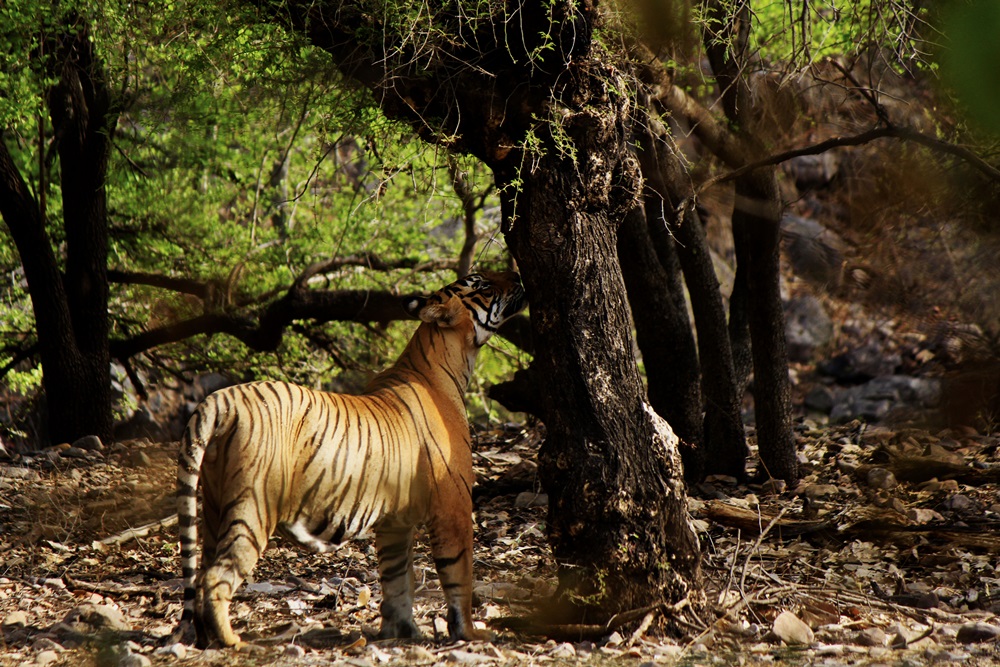
Wildlife in Ranthambore
Apart from tigers, the major wild animals include leopard, nilgai, wild boar, sambar, hyena, sloth bear and chital. It is also home to wide variety of trees, plants, birds and reptiles. The reserve also has the thriving bird population of with more than 270 different species of birds.
2005 was the year when the tiger count was 26; significantly lower than the recorded tiger population of the reserve in 1982, which then were 44. The non-government resources revealed through a survey that in the year 2008, 34 adult tigers in Ranthambore were recorded. Also, more than 14 tiger cubs were also been recorded that brings huge accolades to the conservation efforts and the wildlife management authority for the well-beings of the Ranthambore Tigers.
More significantly, tigers in Ranthambore are today’s heroes since they are being known by their very own name and have their own identity with their unique notable marks. With the emotional interactions of the wildlife experts, photographers and jungle officials, Ranthambore tigers are world famous with their local pet names including the most famous tigers like Machali (T-16), Dollar (T-25), Sitara (T-28), Bina One, Bina Two and many more like them. Quite appraisingly, with such increase in the counts of the tigers in Ranthambore, some of the tigers have been relocated to the nearby reserves like Sariska Tiger Reserve. A recent relocation of the tigress sisters (Bina One and Bina Two) is the latest example of it.
Flora and fauna:
The vegetation includes grasslands on plateaus and dense forests along the seasonal streams. The forest type is mainly tropical dry deciduous with ‘dhak’ (Butea monsoperma), a species of tree capable of withstanding long periods of drought, being the commonest. This tree is also called as ‘Flame of forest’ and is one of the many flowering plants that add colour to the dry summers here. Many Banyan trees dot the hree big lakes Padam Talav, Mallik Talav and Raj Bagh. With the undulating terrain as well as ruined palaces forming the back drop, the scenery here is picturesque.
The park is rich in wildlife with tiger at the apex of the food chain in mammals. The park is also home to a good population of leopards. Other animals found here are striped hyenas, common or Hanuman langurs, rhesus macaques, jackals, jungle cats, caracals, blackbuck, Blacknaped hare and chinkara, to name a few. The prey base is represented by chital, sambar, nilgai and wild boar. Sloth bear is also found here. The park is rich in birds with about 272 species recorded so far.



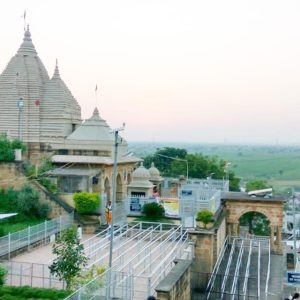
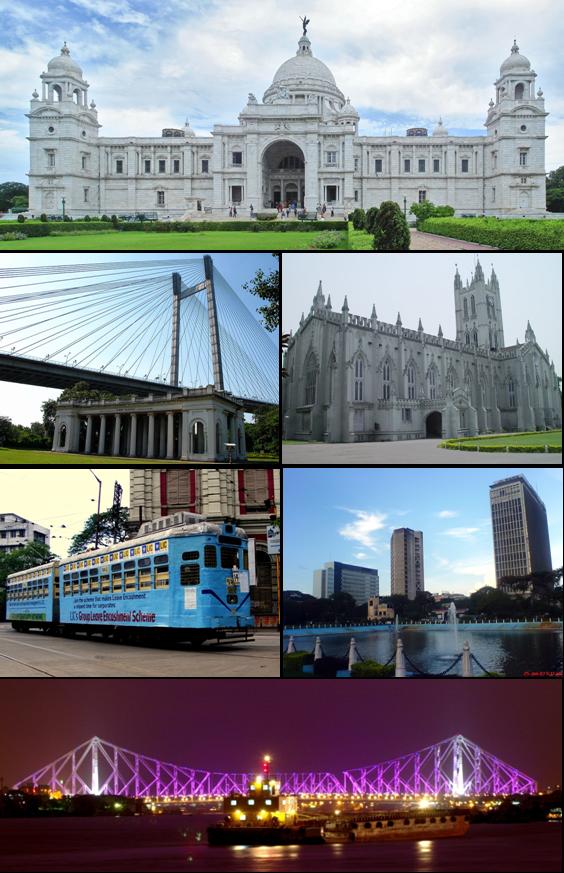
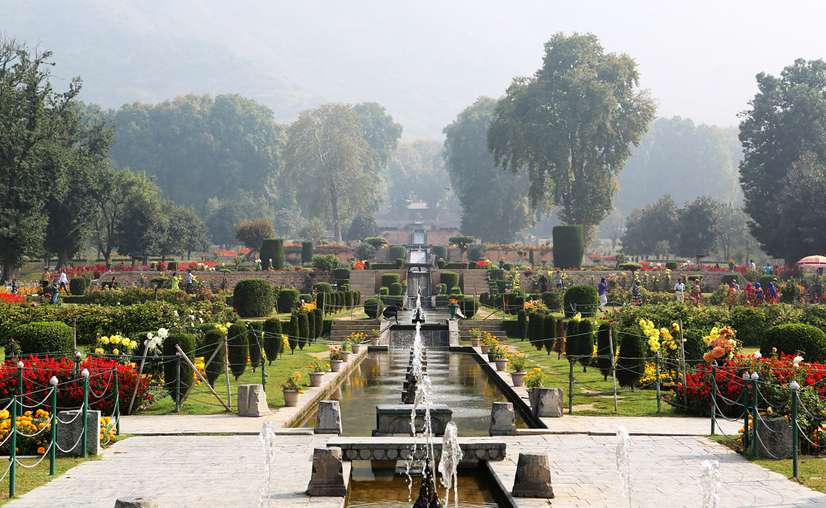
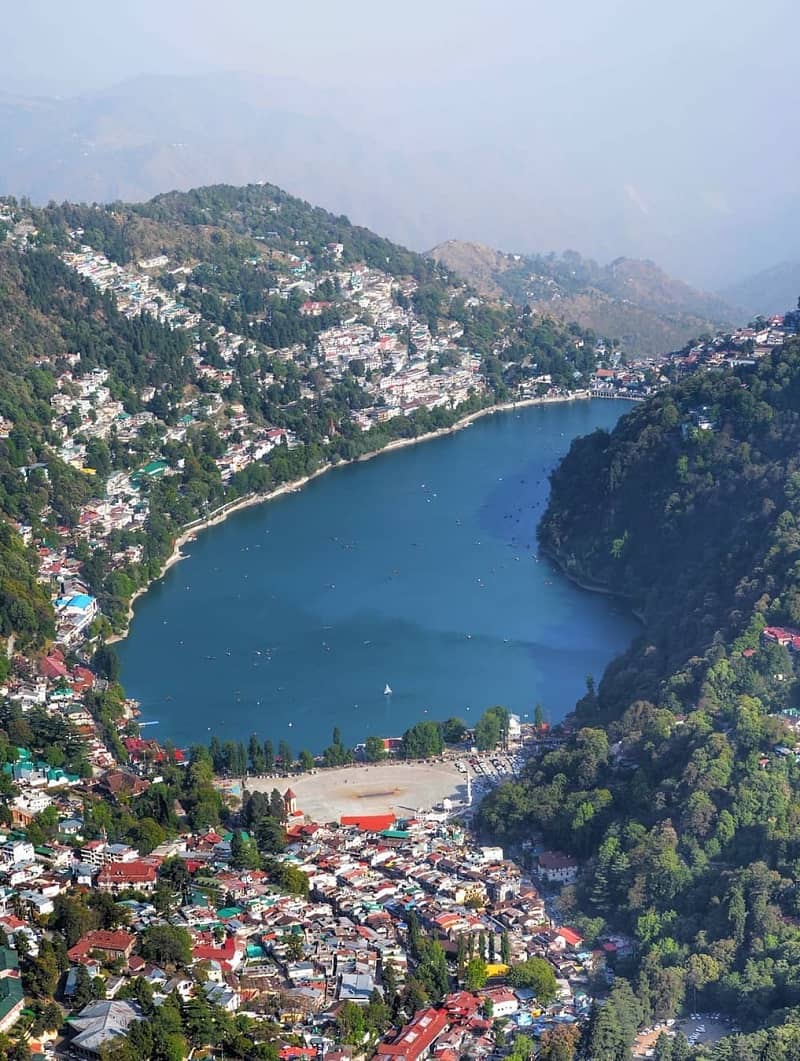
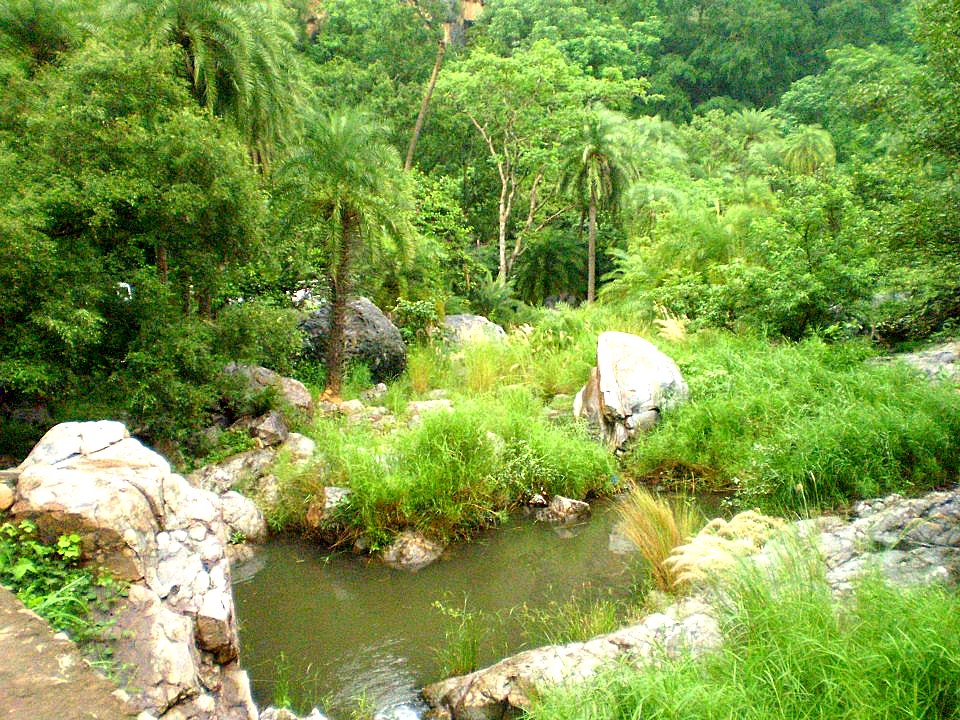
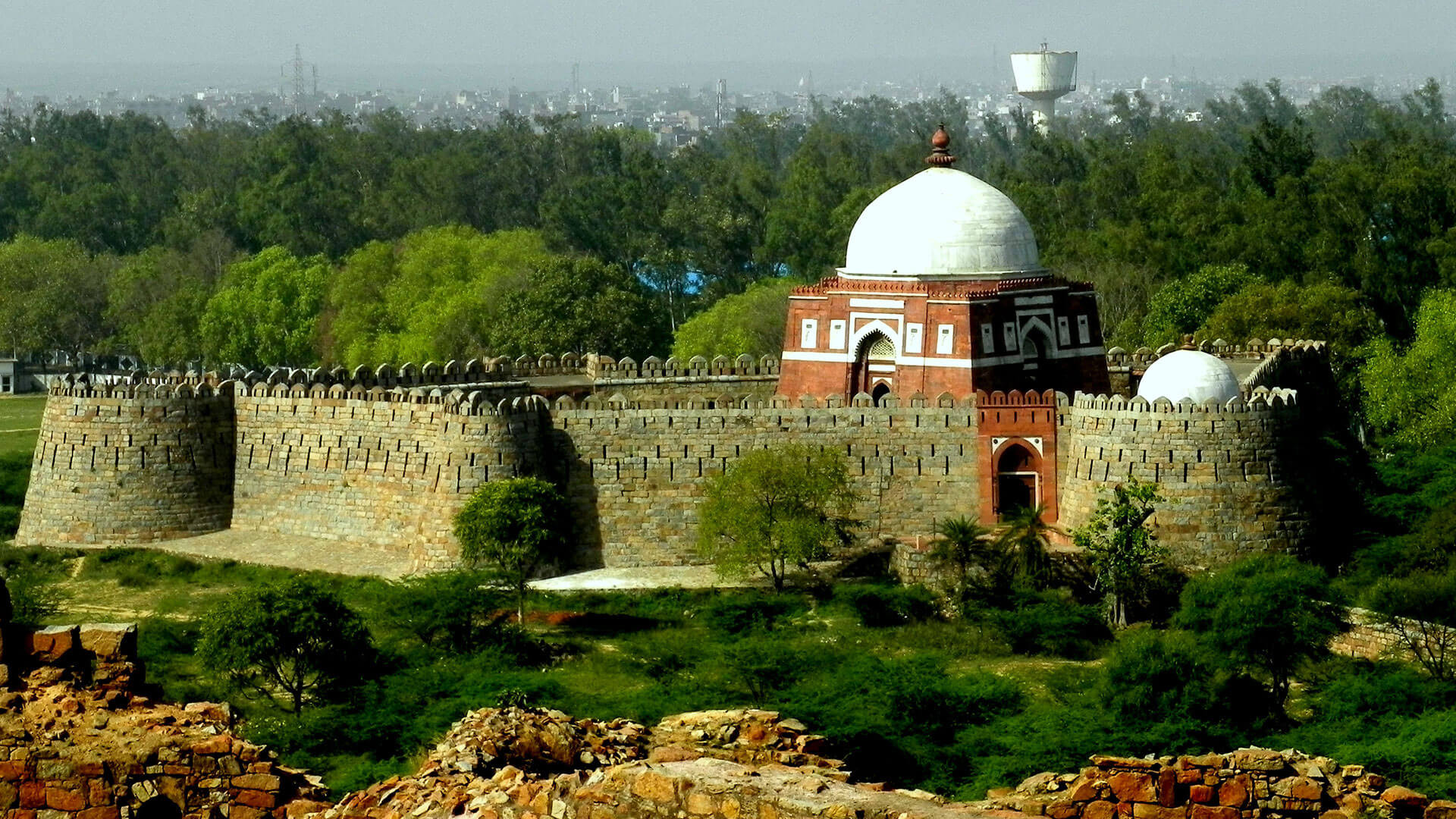
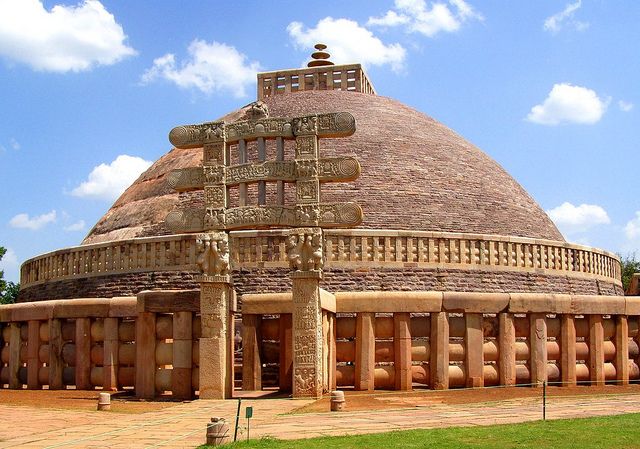
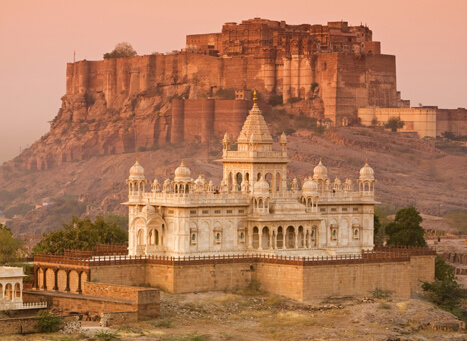
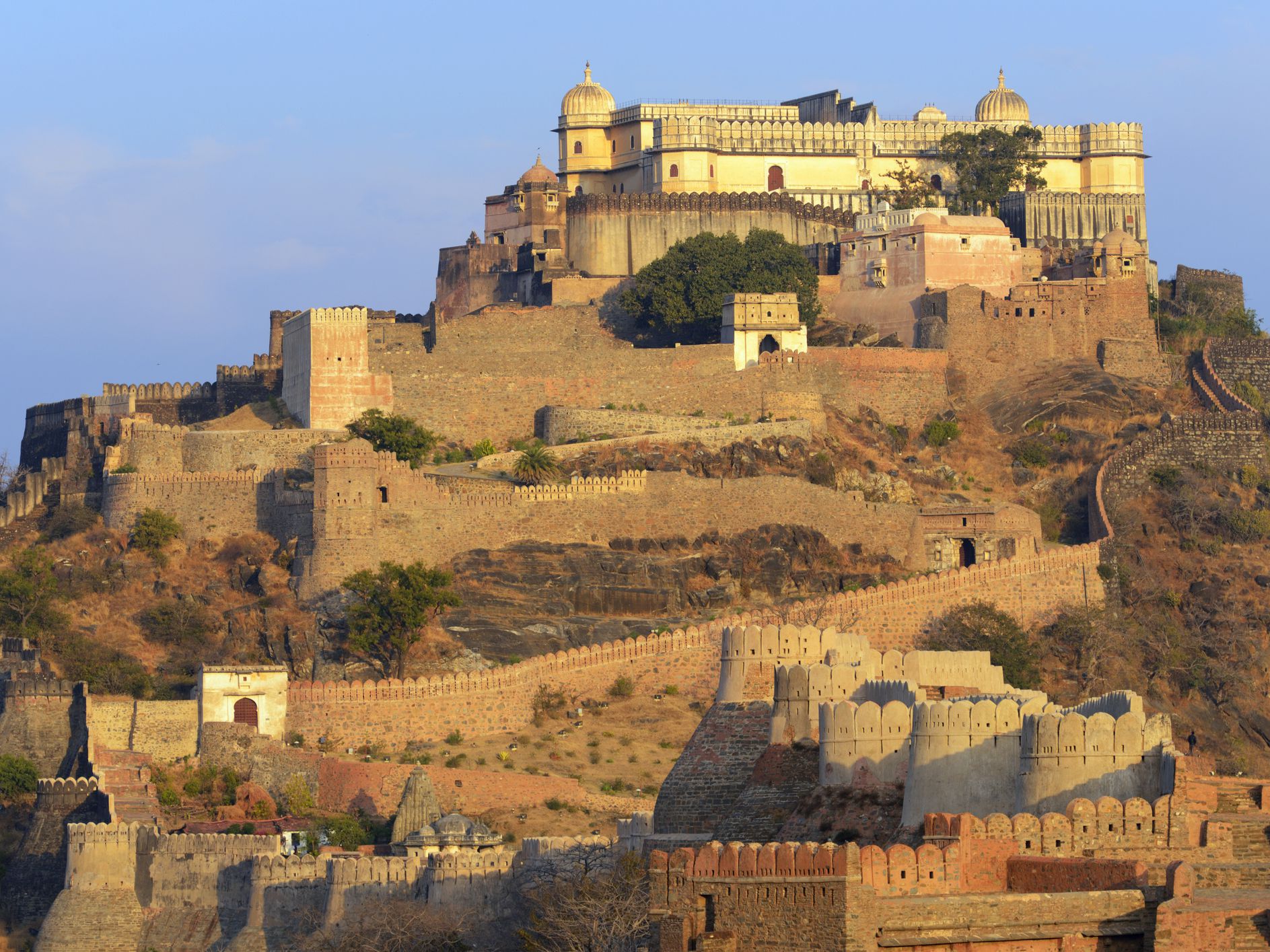
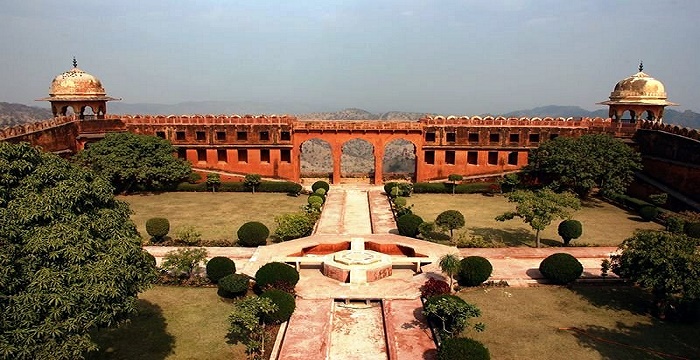

9 Comments
Comments are closed.